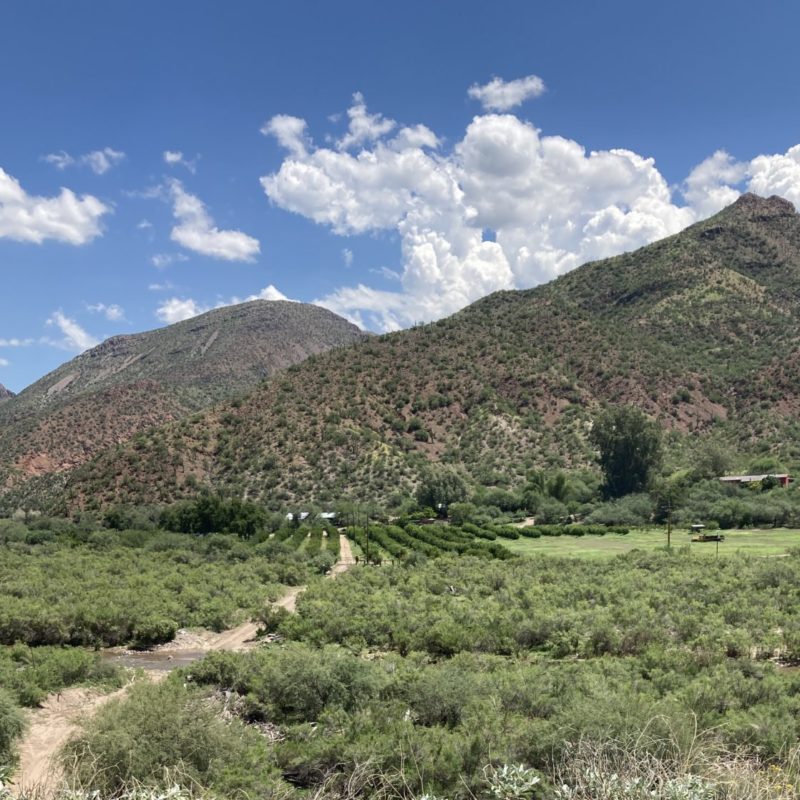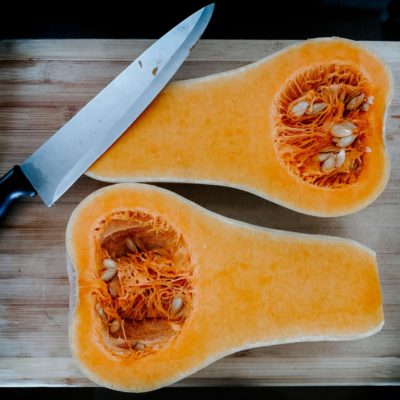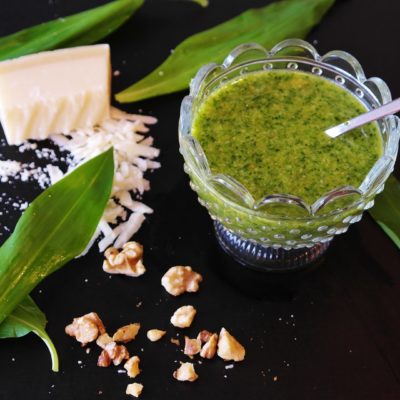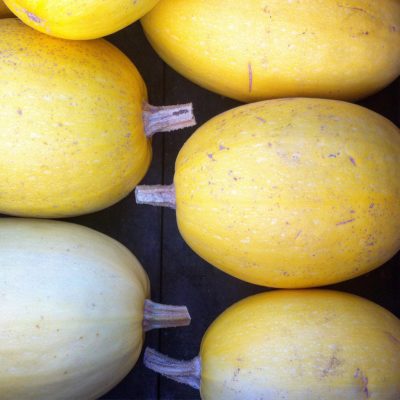About Spaghetti Squash
The spaghetti squash (Cucurbita pepo) is an oblong variety of winter squash. It is usually pale or dark yellow. Its flesh is yellow or orange and its center contains many large seeds. When raw, the flesh is solid and similar to other raw squash; when cooked, the flesh falls away from the fruit in ribbons or strands like spaghetti.
Spaghetti squash is a good alternative to pasta, potatoes, or rice. The cooked squash flesh shreds into threads like thin spaghetti or vermicelli, hence its name. It has a very mild flavor, and it is usually served with a sauce of some sort, such as a tomato sauce or a basil pesto sauce. It may also be enjoyed simply with salt and butter. The seeds can be roasted, similar to pumpkin seeds.
Spaghetti squash is low in calories yet contains many nutrients, including folic acid, potassium, and beta carotene.
Like pumpkin and other winter squashes, spaghetti squash is best stored between 50 to 60 degrees, and will last up to six months this way. It will keep for about a month at room temperature.
How To Cook Spaghetti Squash
Baking: Pierce the squash several times with a fork and place in baking dish. Cook it in preheated 375F oven for approximately 1 hour or until flesh is tender. When a fork goes easily into the flesh, the squash is done. Steaming: Cut into pieces to fit into large pot and steam for 20 to 30 minutes. When a fork goes easily into the flesh, the squash is done. Microwaving: Cut squash in half lengthwise and remove seeds. Place squash cut sides up in a microwave dish with 1/4 cup water. Cover with plastic wrap and cook on high for 10 to 12 minutes, depending on size of squash. When a fork goes easily into the flesh, the squash is done. Add more cooking time if necessary.
Once the squash is cooked, let it cool for 10 minutes so it will be easier to handle, before cutting in half (if it wasn’t already) and removing the seeds. Pull a fork lengthwise through the flesh to separate it into long strands.



